
Main advantages of austenitic stainless steel
1. Excellent corrosion resistance High corrosion resistance: Austenitic stainless steel exhibits extremely high corrosion resistance in both oxidizing and non-o
1. Excellent corrosion resistance
High corrosion resistance: Austenitic stainless steel exhibits extremely high corrosion resistance in both oxidizing and non-oxidizing media. It can resist the erosion of a variety of corrosive substances, such as salt water, acidic chemicals, etc., which enables it to maintain stable performance in various harsh environments.
Resistance to intergranular corrosion: When the carbon content in the steel is less than 0.03% or contains titanium and niobium elements, the resistance to intergranular corrosion of austenitic stainless steel can be significantly improved.
Specific element enhancement: If elements such as molybdenum and copper are added, austenitic stainless steel can also resist corrosion from sulfuric acid, phosphoric acid, formic acid, acetic acid, and urea.
2. Good mechanical properties
Non-magnetic: Austenitic stainless steel is non-magnetic at room temperature, which makes it particularly useful in applications where magnetism interferes with equipment operation or performance.
High ductility and formability: Austenitic stainless steel has good ductility and formability and can be easily formed into complex designs without losing its strength or durability. This gives it an advantage in manufacturing various complex shapes and structures.
High tensile strength: Its high tensile strength enables it to withstand heavy loads and pressures without deformation or failure.
3. Excellent processing and welding properties
Good processing properties: Austenitic stainless steel is easy to process and fabricate, and its strength can be increased by cold working or precipitation of intermetallic compounds.
Excellent weldability: It has good weldability and can be easily connected to other materials or components, which helps save time and cost and ensures a strong and durable connection between different components.
4. Wide range of application areas
Construction field: Austenitic stainless steel is often used in structural components such as beams, columns and steel bars in the construction industry due to its excellent strength, corrosion resistance and durability.
Food processing: Austenitic stainless steel is widely used in the food processing industry due to its non-reactive nature with food. The high level of hygiene standards required by this industry can be easily met by using austenitic stainless steel.
Medical equipment: The biocompatibility of austenitic stainless steel makes it very suitable for medical devices such as surgical instruments and medical implants. It can be sterilized without damage or corrosion.
Chemical processing: In the environment of chemical processing facilities, austenitic stainless steel has great use due to its ability to withstand high temperatures without corrosion.
5. Aesthetics and hygiene
Aesthetics: Austenitic stainless steel has a distinct sheen that enhances the aesthetics of a product.
Hygiene: Its smooth surface prevents bacterial accumulation and is easy to clean and maintain, making it particularly popular in applications that require high hygiene standards, such as kitchen appliances and medical devices.
6. Low-temperature performance
Austenitic stainless steel has good toughness at both low and high temperatures and remains ductile even under extreme conditions, making it an ideal choice for applications involving temperature fluctuations or cryogenic environments.
stainless steel processing
The manufacture of stainless steel involves a series of processes. First, the steel is melted, and then it is cast into solid form. After various forming steps, the steel is heat treated and then cleaned and polished to give it the desired finish. Next, it is packaged and sent to manufacturers, who weld and join the steel to produce the desired shapes.
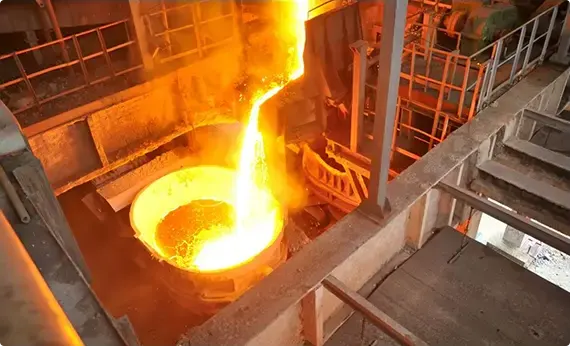
Melting and Casting
The raw materials that constitute a stainless steel item are placed together and melted in a giant electric furnace. Intense heat is applied rigorously for a period of 8 to 12 hours during this step. Once the melting is complete, the molten steel is cast into desired semi-finished forms. Some of the most common forms or shapes include slabs, blooms (rectangular shapes), billets (these could either be round or square), rods, and tube rounds.

Forming
In the second stage, the semi-finished steel shapes undergo a series of forming operations. For instance, the stainless steel is hot rolled (heated and passed through enormous rolls). The blooms and billets mentioned above are converted to bar and wire. The slabs on the other hand are formed into plates, strips or sheets. It is very common to turn semi-finished steel shapes into bars, as it is the most versatile stainless steel form (it comes in all grades and sizes). You have round, square, octagonal, and hexagonal bars, each suitable for a different type of application.
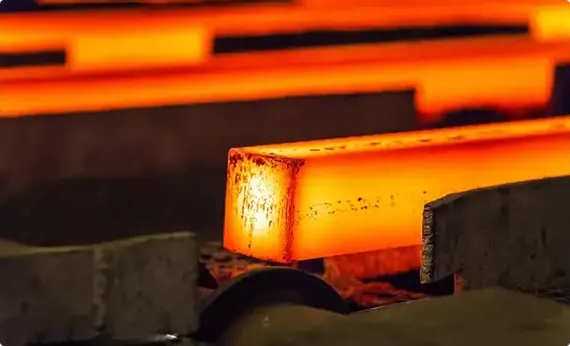
Heat Treatment
The various stainless steel forms undergo a thorough annealing process during this step. Annealing is another name for heat treatment where the stainless steel is heated and cooled in a controlled environment. The purpose of this heat treatment is to relieve the pent-up stress inside the stainless steel and soften the material to make it more suitable for a wide variety of applications. The people in charge of carrying out the annealing process have to be very careful about the conditions as even the slightest of changes in the temperature, pressure, duration, or cooling rate could result in a faulty product.
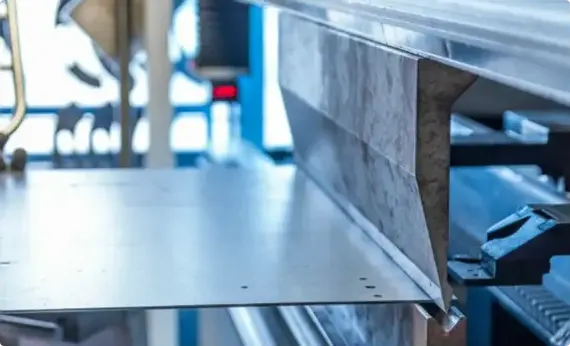
Descaling
During the annealing process, a certain amount of scale appears on the surface of the stainless steel. This scale can be removed using a number of different processes that are collectively known as descaling. Pickling is one of the more common methods of carrying out the descaling process.
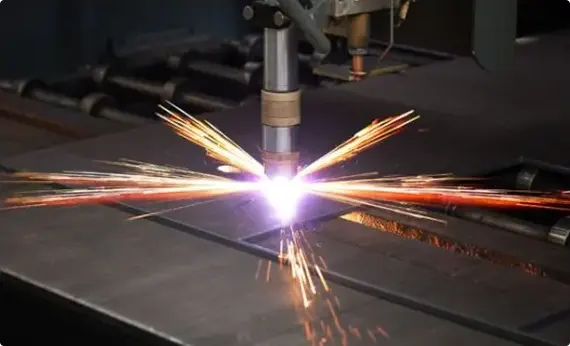
Cutting
The semi-finished, heat-treated, and descaled stainless steel forms are cut into specific shapes in this step. Mechanical cutting is performed with the aid of guillotine knives, blanking, nibbling, and high-speed blades.
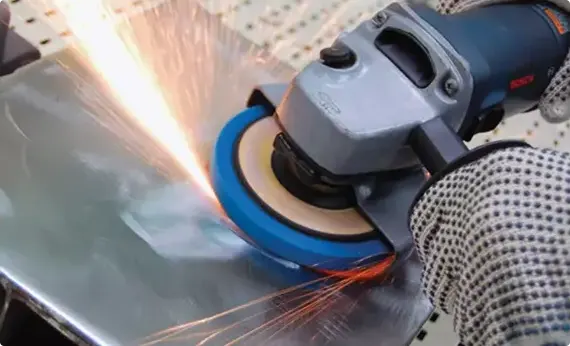
Finishing
Finishing is applied to help the stainless steel product achieve its signature aesthetically appealing appearance. Finishes are also needed to make the stainless steel product smooth and easier to clean, which is a top requirement in sanitary applications.
